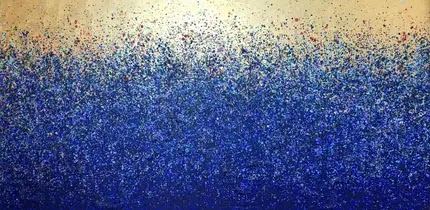To finish my reporting on the recent Transsiberian / Transmongolian trip, here are some pictures from the train trip as such.
I have no pictures from the first night between Saint Petersburg and Moscow, but officially the Transsiberian train leaves from Moscow.
I travelled with our blogger friend Alain, who you will recognize on a few photos.
We travelled thus with different trains, as we spent a few days, not only in Moscow, but also in Ekaterinburg, Irkutsk and the Baikal Lake, at and around Ulan Bator, around Sainhand…
The trains were generally quite full, but the number of tourists was quite limited; it was the end of the tourist season. Each wagon is followed by two people, one sleeping and one working, who take care of the coal heating, to keep water hot in the samovar, to pass a vacuum cleaner, to clean up the toilets… Everything is clean and well kept.
The train never goes very fast and stops quite often at stations for maybe 15, sometimes 30 minutes, which means that you can buy stuff to eat and drink on the quay or in the station buildings… and get some fresh air. Of course there was also always a restaurant wagon.
There are also stops at the borders; the longest was five hours when leaving Russia.
Totally we made six nights onboard the train(s). The longest part was the Siberian one between Ekaterinburg and Irkutsk - three nights in a row, passing Omsk, Novosibirsk, Krasnoyarsk...
The landscape doesn’t change too much between Moscow and the Mongolian border; trees, lakes, rivers… and rather flat except some hills when you pass over the Ural and reach Asia and Siberia.
The Mongolian landscape is of course different. Between Ulan Bator and Sainshand (Gobi Desert), we travelled by a local train.
What also is striking is when you leave Mongolia, desert like, hardly any roads… and arrive in China and the Inner Mongolia; suddenly there are huge buildings, large streets, lights… and the Mongolian lifestyle has disappeared. On the way through China, you can observe a number of rapidly growing big cities, for a while you can observe the Great Wall and the last hours before arriving in Beijing, the views are quite spectacular with dams, rivers, lakes, high mountains … and a lot of tunnels and bridges.















